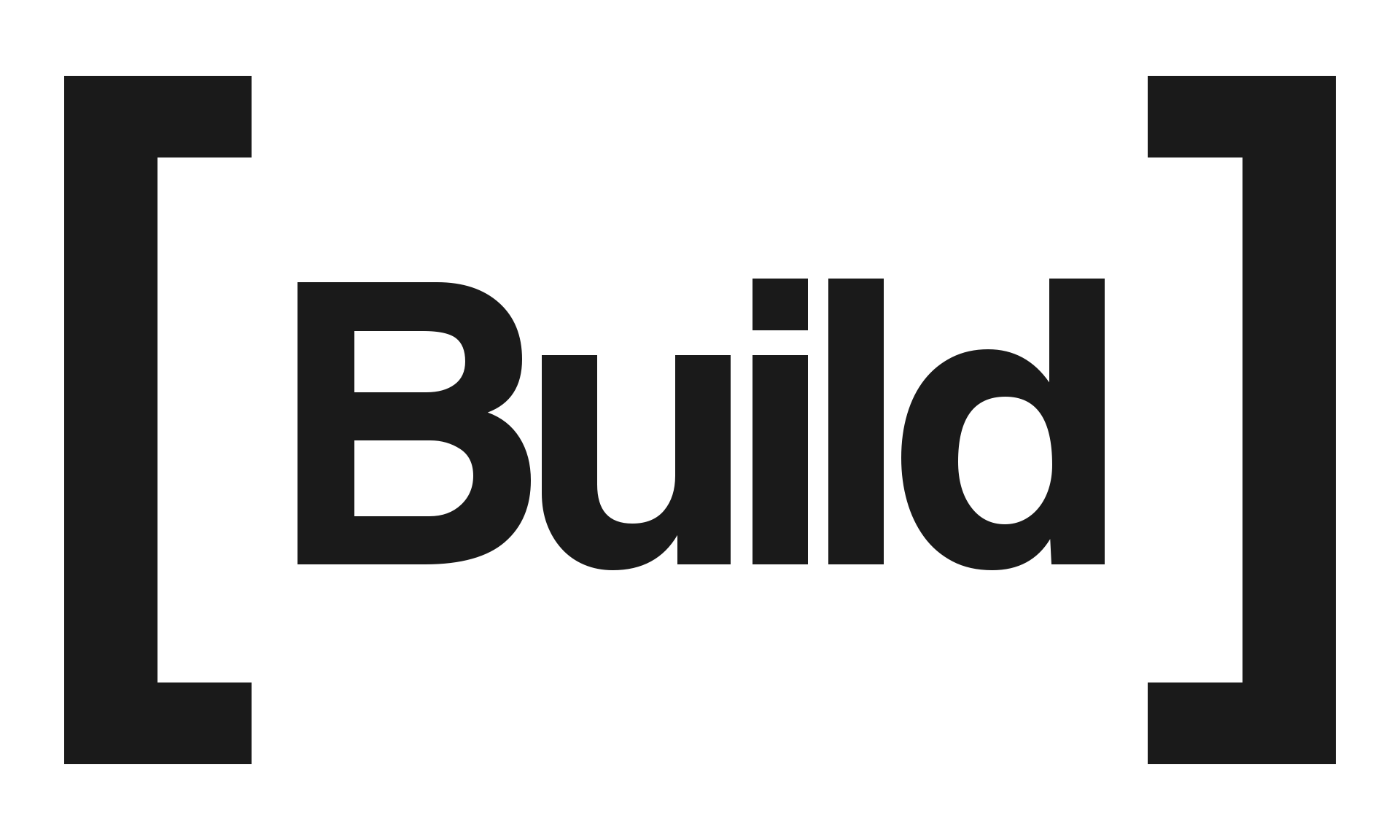Software as a Service Revenue Recognition: Complete Guide

The rise of Software as a Service (SaaS) businesses has revolutionized how software is delivered and consumed. Instead of purchasing and installing software, customers can now access it on a subscription basis, paying a recurring fee for the service. However, this shift has brought about complexities in financial reporting, especially in the area of revenue recognition. Correctly recognizing revenue is crucial for SaaS companies to ensure compliance with accounting standards and to present an accurate picture of their financial health.
This guide will walk you through the fundamentals of software as a service revenue recognition, important accounting standards to follow, and how to handle common challenges.
1. Understanding Software as a Service Revenue Recognition
In traditional software sales, revenue is recognized upfront when the software is delivered. However, SaaS businesses operate on a subscription model where revenue must be recognized over time as the service is provided. This creates a need for proper systems and processes to track the timing and nature of revenue.
Revenue recognition for SaaS companies is governed by the accounting standard ASC 606: Revenue from Contracts with Customers. This standard requires businesses to follow a five-step process for revenue recognition.
2. The Five-Step Model for Revenue Recognition
ASC 606 introduces a clear, five-step model that companies must use when recognizing revenue from customer contracts:
Step 1: Identify the Contract with a Customer
A contract exists when there’s an agreement between the company and the customer that creates enforceable rights and obligations. This agreement can be written, verbal, or implied by customary business practices, but it must have clear terms and expectations.
For SaaS businesses, contracts typically involve subscription terms where the customer agrees to access the service for a set period (monthly, annually, or for multiple years).
Step 2: Identify the Performance Obligations in the Contract
A performance obligation is a promise to transfer goods or services to the customer. In SaaS contracts, the main performance obligation is providing access to the software on an ongoing basis, typically over the subscription period. Additional obligations may include customer support, software upgrades, or professional services like onboarding and training.
It is crucial to separate distinct performance obligations, as revenue must be recognized independently for each.
Step 3: Determine the Transaction Price
The transaction price is the amount of consideration the company expects to be entitled to in exchange for providing the promised services. In SaaS businesses, this is typically the subscription fee agreed upon in the contract.
When calculating the transaction price, SaaS companies must also account for variable considerations such as discounts, usage-based pricing, or performance bonuses that might impact the final revenue amount.
Step 4: Allocate the Transaction Price to the Performance Obligations
Once the transaction price is determined, it must be allocated to each distinct performance obligation identified in the contract. If there are multiple performance obligations, such as providing access to the software and offering customer support, the transaction price is divided based on the standalone selling prices of each service.
Step 5: Recognize Revenue When (or As) Performance Obligations Are Satisfied
Revenue is recognized as the company fulfills its performance obligations. For SaaS businesses, this usually occurs over time, as customers gain access to the software and use the service. Revenue should be recognized evenly over the subscription period unless there are upfront fees or other services that need to be accounted for differently.

Need Help Getting Your Startup's Accounting and Taxes Streamlined, Simplified, and Headache-Free?
Schedule a Free Consultation Today
3. Common Challenges in Software as a Service Revenue Recognition
While the five-step model offers a clear framework, SaaS businesses face specific challenges when it comes to revenue recognition. Here are some of the most common ones:
1. Upfront Fees
Many SaaS companies charge a setup or onboarding fee at the start of a contract. ASC 606 requires that these fees be recognized over the period the service is provided, not all at once. Companies must assess whether these fees represent a distinct service or are part of the overall subscription, affecting how the revenue is spread over time.
2. Multi-Year Contracts and Variable Consideration
When dealing with multi-year contracts, SaaS companies may offer discounts or variable pricing based on usage. These factors complicate the determination of the transaction price. Businesses need robust systems in place to track and adjust the revenue recognized as actual usage or changes in contract terms occur.
3. Contract Modifications
In many cases, customers might upgrade or downgrade their subscription, adding complexity to revenue recognition. ASC 606 requires companies to reassess contracts in these situations, which can lead to adjusting revenue for both the current and future periods.
4. Deferred Revenue
In SaaS, customers often pay in advance for services that will be provided over time (e.g., annual subscriptions). These payments represent deferred revenue, which must be recorded as a liability on the balance sheet and recognized as revenue incrementally over the service period. Proper management of deferred revenue is essential for accurate financial reporting.
4. Key Considerations for Accurate SaaS Revenue Recognition
To ensure compliance with ASC 606 and avoid misstating revenue, SaaS companies should focus on the following areas:
- Detailed Contract Management: Clearly document the terms of each customer contract, especially any custom terms that may affect performance obligations or pricing.
- Robust Accounting Systems: Implement or upgrade accounting software to handle the nuances of SaaS revenue recognition, including deferred revenue, variable pricing, and contract modifications.
- Regular Audits: Conduct regular internal or external audits to ensure revenue recognition practices align with ASC 606 and that financial statements are accurate.
- Revenue Forecasting: Proper revenue recognition is crucial for accurate forecasting, which is vital for business planning and investor relations. SaaS companies must ensure their forecasts reflect realistic revenue recognition timelines.
5. Conclusion
Revenue recognition for SaaS companies can be complex due to the recurring nature of the business and the intricacies of subscription-based contracts. Following the guidelines of ASC 606, companies must carefully identify performance obligations, allocate transaction prices, and recognize revenue over time as the services are delivered.
By understanding the five-step model of revenue recognition and staying vigilant in managing contracts, SaaS businesses can maintain accurate financial reporting, ensure compliance, and make informed business decisions that contribute to long-term growth and success.
Ready to learn more about accounting practices for SaaS companies? At Build Accounting, we help businesses navigate complex financial regulations with ease. Reach out to us today to discuss how we can support your business needs!
Like this Content and Want More Like it?
Sign up for helpful tips to reduce your taxes, receive tax deadline reminders, and get free resources, guidance, and walkthroughs sent right to your email.
About the Author

Brett Rosenstein
Founder of Build Accounting
Certified Public Accountant
Brett is the founder and president of Build Accounting where he provides accounting, tax filing, and CFO services for tech startups and SaaS businesses. His goal is to make the accounting and tax process as simple, streamlined, and headache-free for business founders as possible.
Brett received a Bachelor of Science in Business Administration from The Ohio State University. He is also a Certified Public Accountant.
When Brett is not working, he is running, biking, spending time with his wife and daughter, or trying new pizza places.
Schedule a Free Trial!
Get started today by scheduling a call to see how we can help your tech startup or SaaS business. We’ll respond as soon as possible.
By submitting this contact form, you consent to receive email communications from Build Accounting, including our newsletter with quick time and tax saving tips. You may opt-out at any time.

